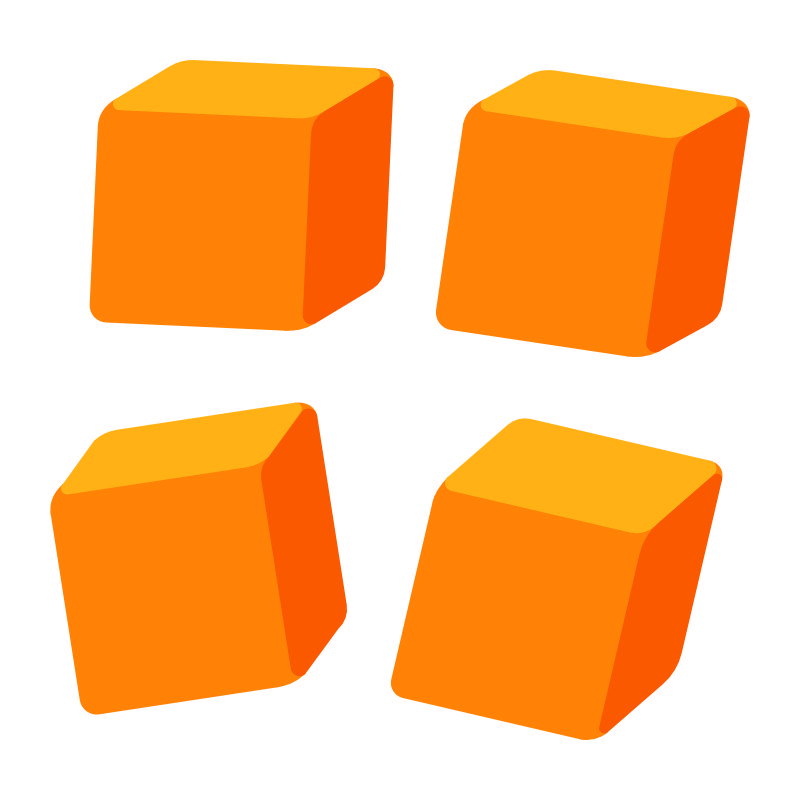The large dice cut is a fundamental technique in the culinary world, known for producing robust, chunky pieces that add heartiness and visual appeal to a variety of dishes. This cut is not only about size but also about bringing a rustic elegance to the ingredients it is applied to.
Table of Contents
- Size and Dimensions
- Appropriate Vegetables and Fruits
- Culinary Uses for the Large Dice Cut
- How to Cut Large Dice
- Conclusion
Size and Dimensions
The large dice cut results in cubes that are approximately 3/4 inch on each side. This substantial size is ideal for dishes where the ingredients need to be noticeable and maintain their structure during cooking. The uniformity in size is important for consistent cooking and presentation.
Appropriate Vegetables and Fruits
This technique is most commonly used with root vegetables like potatoes, carrots, turnips, and squash due to their firm texture. It’s also suitable for fruits like apples and pears in dishes where larger fruit pieces are desired. The large dice is perfect for vegetables and fruits that can withstand longer cooking times without losing their shape.
Culinary Uses for the Large Dice Cut
The large dice is a versatile cut used in a variety of cooking methods. It’s ideal for roasting, where the larger size allows for a caramelized exterior and a tender interior. This cut is also commonly used in stews, soups, and hearty salads where the ingredients should be substantial and satisfying. Additionally, it’s great for grilled vegetable skewers or rustic fruit salads.
How to Cut Large Dice
- Start by cleaning and, if necessary, peeling the vegetable or fruit.
- Slice the item into 3/4 inch thick slabs.
- Cut these slabs into 3/4 inch wide strips.
- Finally, cut across these strips to create 3/4 inch cubes.
Conclusion
The large dice cut is a key technique in the arsenal of both professional chefs and home cooks. It adds a rustic and hearty element to dishes, making it perfect for recipes that call for a bold and substantial presence of ingredients. Mastering this cut not only enhances the texture and flavor of the food but also contributes significantly to the dish’s overall aesthetic, making it as pleasing to the eye as it is to the palate.
